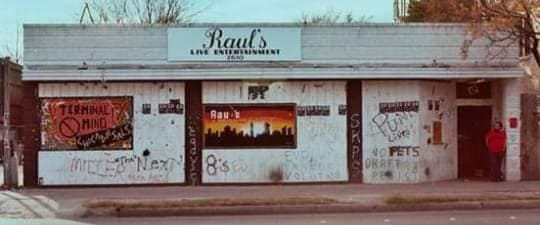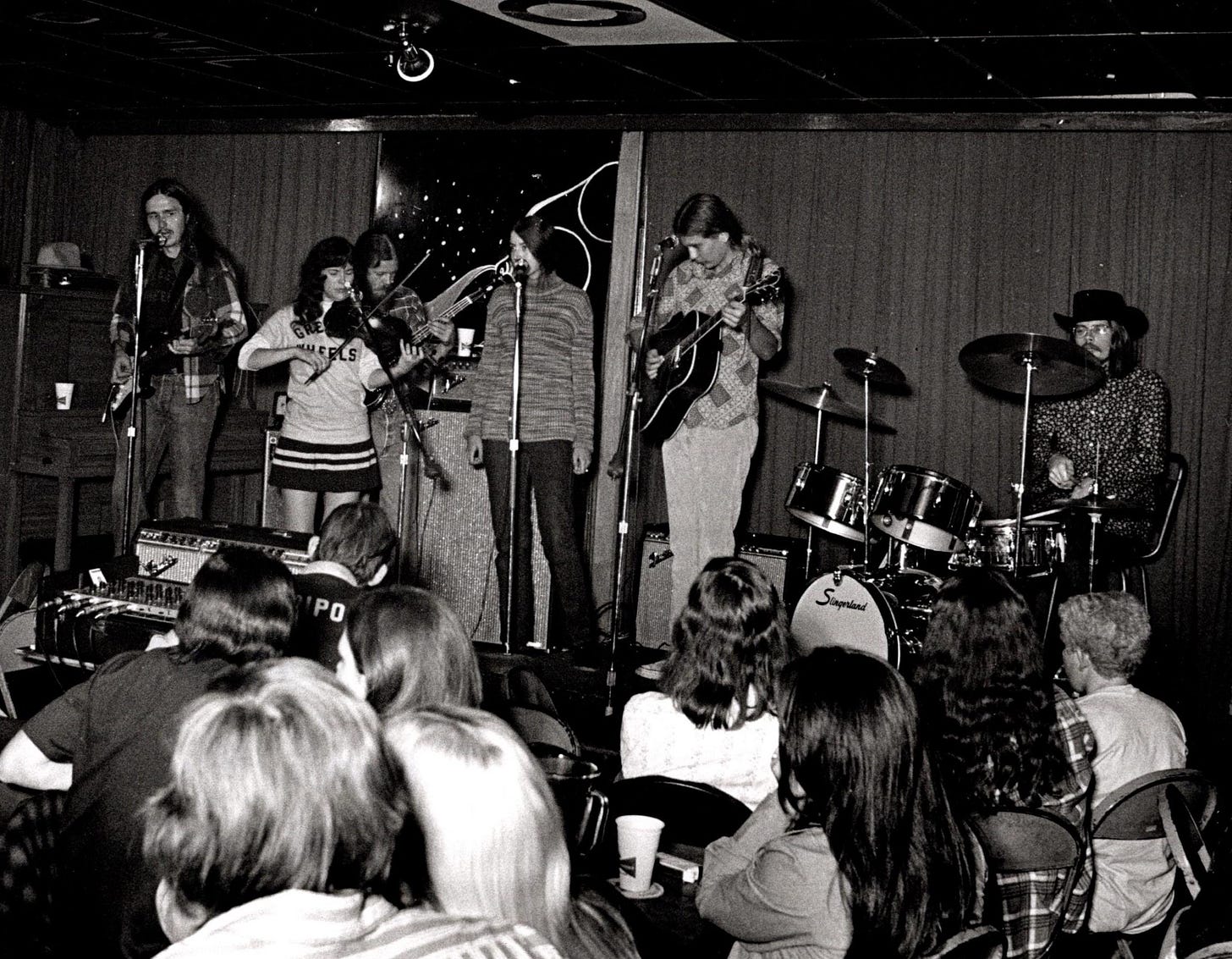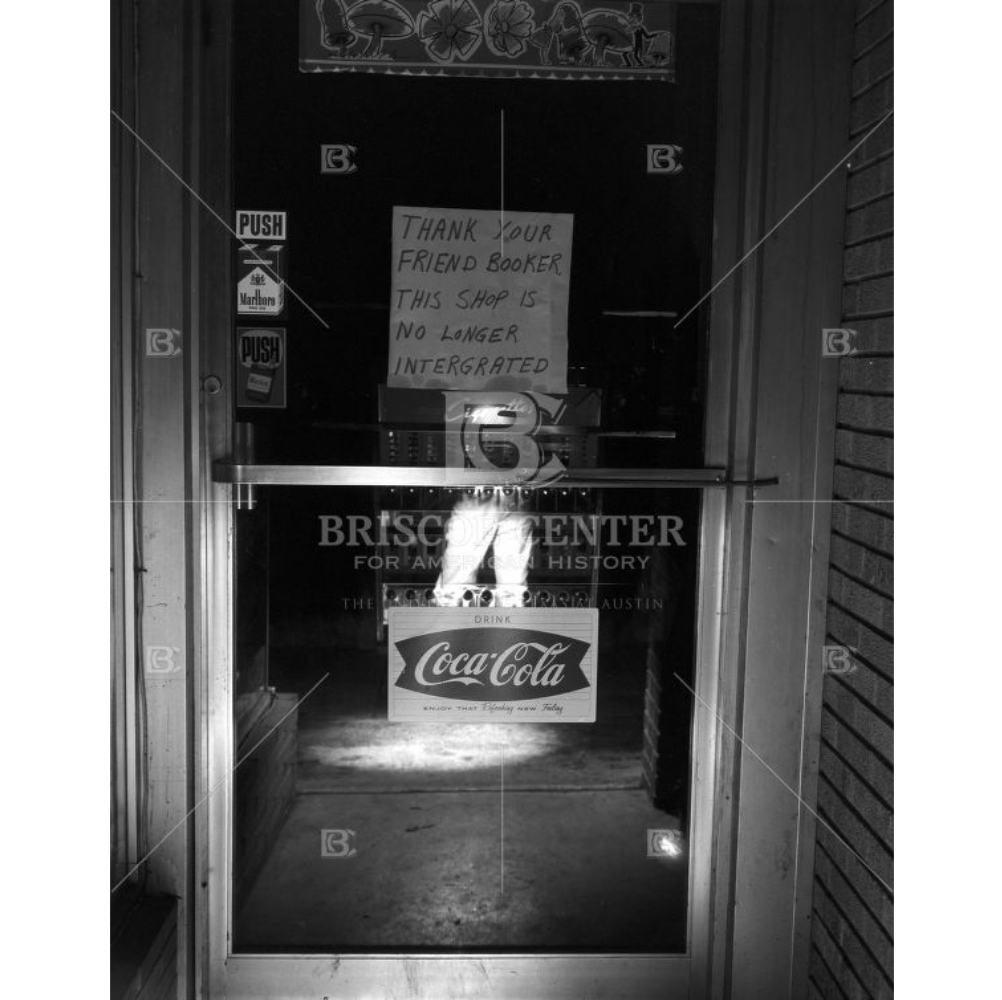Roy's Segregated Lounge 1965
Long before Raul's mixed punk and new wave, 2610 Guadalupe was a club that refused to integrate
The ugly building on Barton Springs Road that held the fabled Armadillo World Headquarters debuted in 1955 as an arena for professional wrestling. Liberty Lunch was a lumberyard. The Hole In the Wall was Longhorn Cleaners. The original Soap Creek Saloon up a caliche road from Bee Cave was originally a country music roadhouse called Elm Grove Lodge. The Mohawk was, for 30 years, El Charro restaurant. Cactus Cafe was the Chuckwagon. Emo’s was Raven’s Garage. The Vulcan Gas Company and Antone’s #1 were formerly men’s clothing stores, and the Continental was, in the ‘40s, home to Austin’s first laundromat.
My ongoing history of Austin’s greatest-ever live music venues tells you what used to be there, and the address which has the most previous tenants- all of them bars- is probably 2610 Guadalupe St,. most famously Austin first punk club Raul’s. In the six years before the Violators and the Skunks played a groundbreaking Jan. ‘78 double bill (three weeks before the Ramones and the Runaways at the Armadillo), 2610 had been home to Buffalo Gap, Hungry Horse #2, Sunshine’s Party and Gemini’s. Before that it was Tex Vanzura’s Pink Lizard Lounge, which was notorious for accepting any and all fake IDs. Hell, they’d even take you word for it. Vanzura’s first Hungry Horse, at the 1809 San Jacinto locale formerly occupied by Club Saracen, is where Greezy Wheels made their name in 1970 after adding fiddler Sweet Mary Egan.
The Pink Lizard replaced Roy’s Lounge, owned by segregationist Roy Eazor, who defied the 1964 Civil Rights Act by refusing service to Blacks at his club in 1965. Roy’s was picketed for two months by the Student Interracial Committee, led by Jeff Shero (later “Nightbyrd”), who were often outnumbered by counter-protesters holding signs that said “Support Sponge” (Society for the Prevention Of Negroes Getting Everything). And you thought the 1978 “Huns bust” was the craziest thing that happened at 2610?
Eazor dropped beer prices 50% while his club was picketed, which filled the place with good ol’ boys just lookin’ for a reason to bust some outside agitator ass. Violence erupted on two occasions when picketers tried to forcibly enter Roy’s. Arrested were one protestor, and Mrs. Roy Eazor.
The Austin City Council, which called SIC “rabble rousers” and refused to meet with them, and the Statesman, which bemoaned that “the main result of the demonstration so far has been the expenditure of thousands of dollars of public funds,” seemed to side with Eazor, a popular local figure who would later work on Lt. Gov. Ben Barnes’ staff.
Eazor argued that he wasn’t breaking federal law because he ran a bar, not a restaurant. But since Roy’s Lounge didn’t serve food, it was in violation of its C-1 zoning, which required that beer “be secondary and incidental to the sale of food.” That shut Roy’s- and the protest- down for a month, until Eazor came back with Roy’s Lounge and Cafe. Telling the Statesman he wasn’t averse to all Negroes- “I served a few that I knew”- Eazor said his bar did not become “whites only” until a Black protester named Booker T. Bonner (infamous for earlier picketing the Governor’s Mansion) had tried to force Eazor to serve him.
Still unable to get food sales higher than beer receipts with his “Cafe,” Eazor split 2610 Guadalupe St. into two clubs. The private Waterloo Club was segregated, as was allowed by law, while Roy’s Lounge was integrated. But white people stopped going there, too, and Eazor went out of business. The club was leased in late ‘67 by building owner Julia Sawyer to Vanzura. A Texas A&M graduate, Vanzura included the “Aggie War Hymn” on the jukebox, which seemed to enrage more UT students than the building’s segregationist history.
SIC also protested a gas station on Guadalupe and 34th which refused to serve Blacks. Yes, this was happening in “liberal” Austin, whose former resident Lyndon B. Johnson had signed the Civil Rights Act into law.







It was Don Weedon’s gas station.
Little known fact, Charles Whitman was a counterdemonstrator at Roys. https://books.google.com/books?id=iZwqKBgpfR8C&newbks=1&newbks_redir=0&lpg=PA213&dq=sds%20university%20texas%20austin%20tom%20hayden%20jeff%20nightbyrd&pg=PA175#v=onepage&q=whitman&f=false